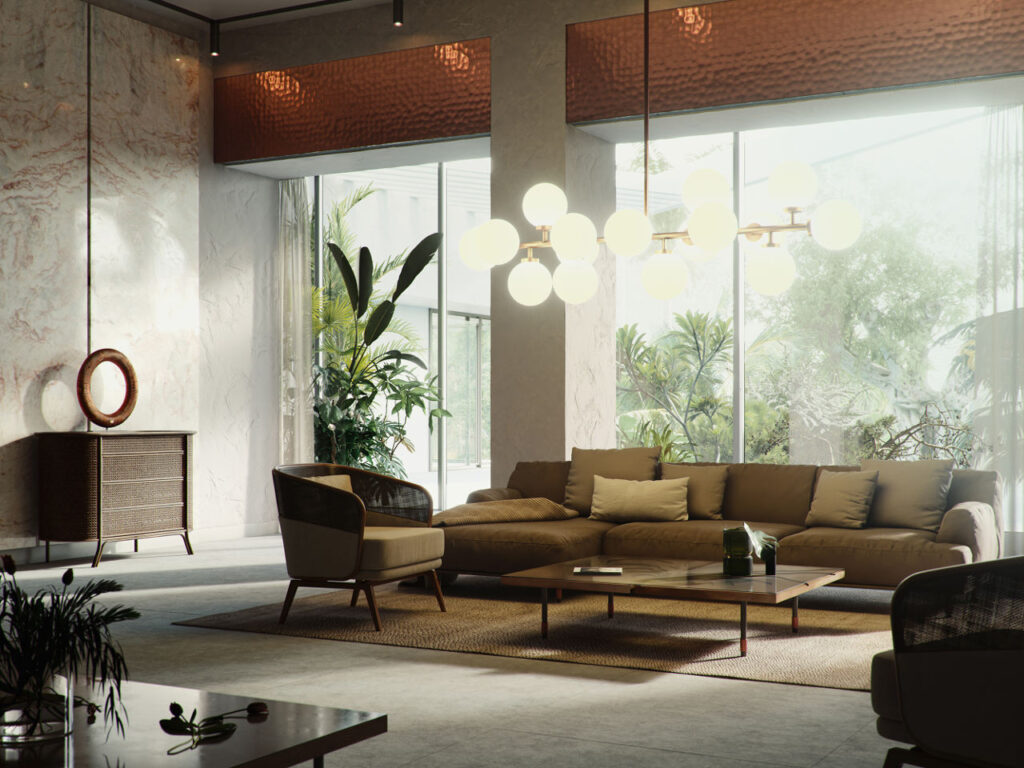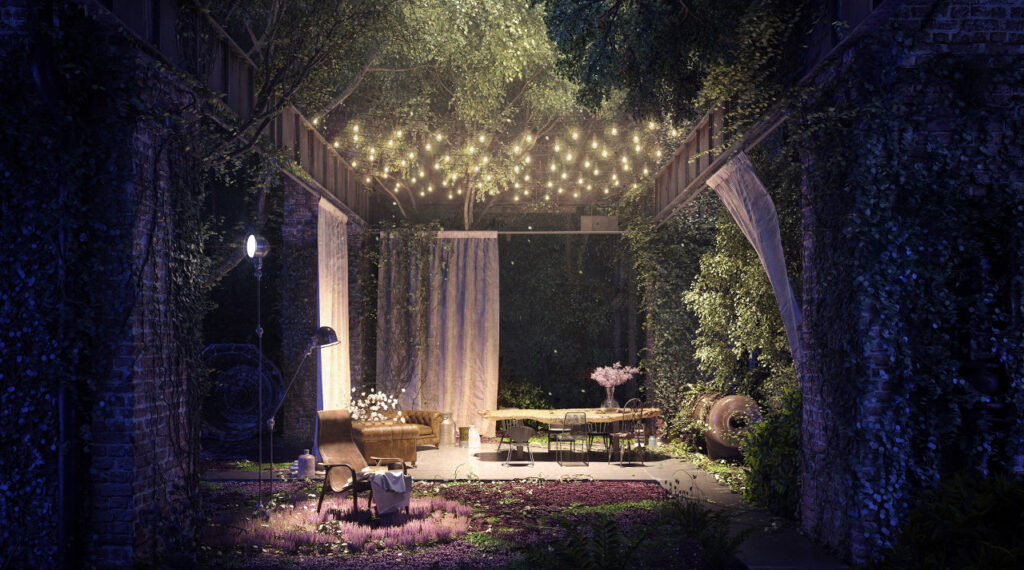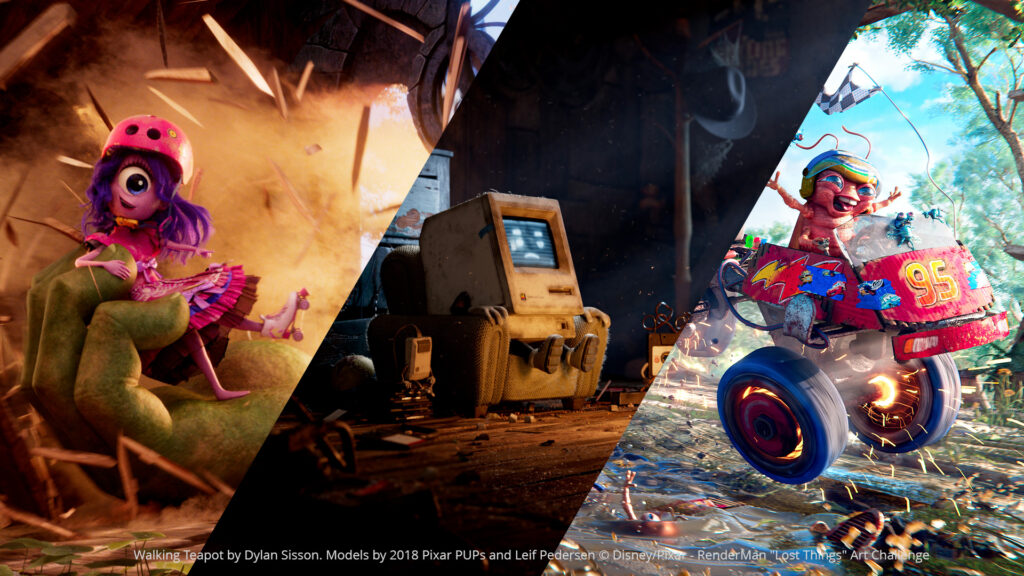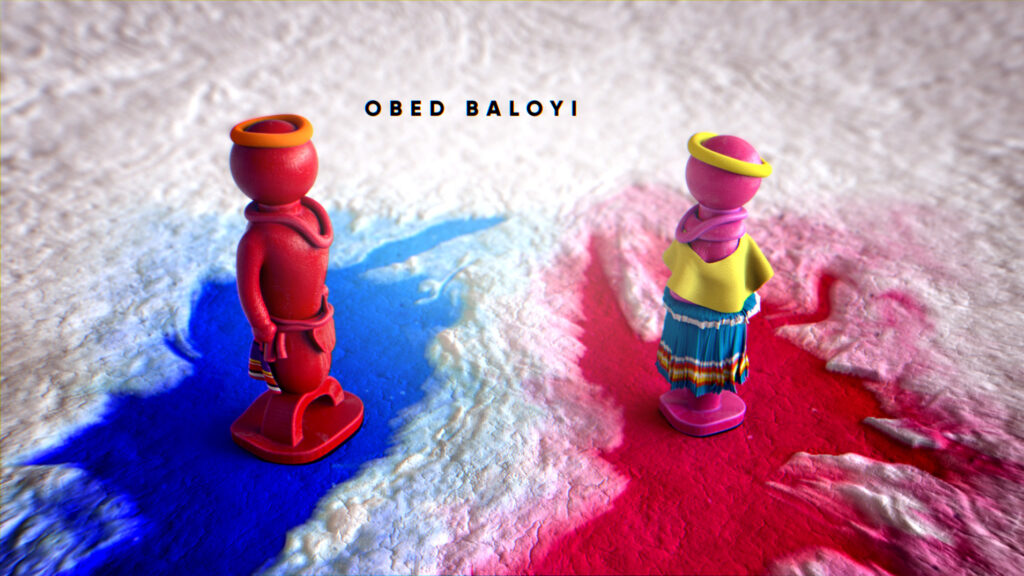Expert’s words: Bartosz Domiczek, archviz studio owner
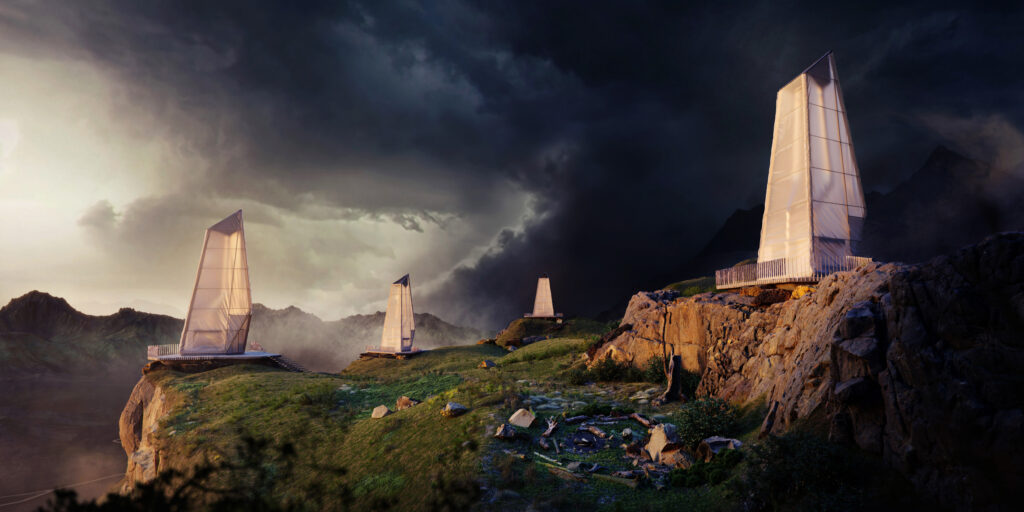

After graduating in architecture and town planning, Bartosz Domiczek founded his own archviz studio. He’s not only a CG addict, he’s also a very talented environment and architectural designer whose work has recently been awarded at the Cabins Challenge by Ronen Bekerman.
Arts in general and drawing in particular seem to have played a major role in your life since your childhood. What did it bring you exactly?
Creativity, in general, has always been my way of steaming off some internal pressure that had been building up with various experiences and dreams of mine. I used to be pretty introvert as a young person (sometimes even misanthropic) and art was my way to connect that internal landscape with the external world. It wasn’t only about the visual arts. I used to write poems or dramas and I even had some kind of a fake music band that released two albums without recording any music at all. Nonetheless, a visual component always felt the easiest to handle for me, the most convenient one to communicate by. This state of commonplaceness of art in my life brought to me several pretty general values, ie. the constant easiness to stay inspired as well as to find creative connections between various fields I am interested in. It also became the very basis of who I am and what drives me each and every day.
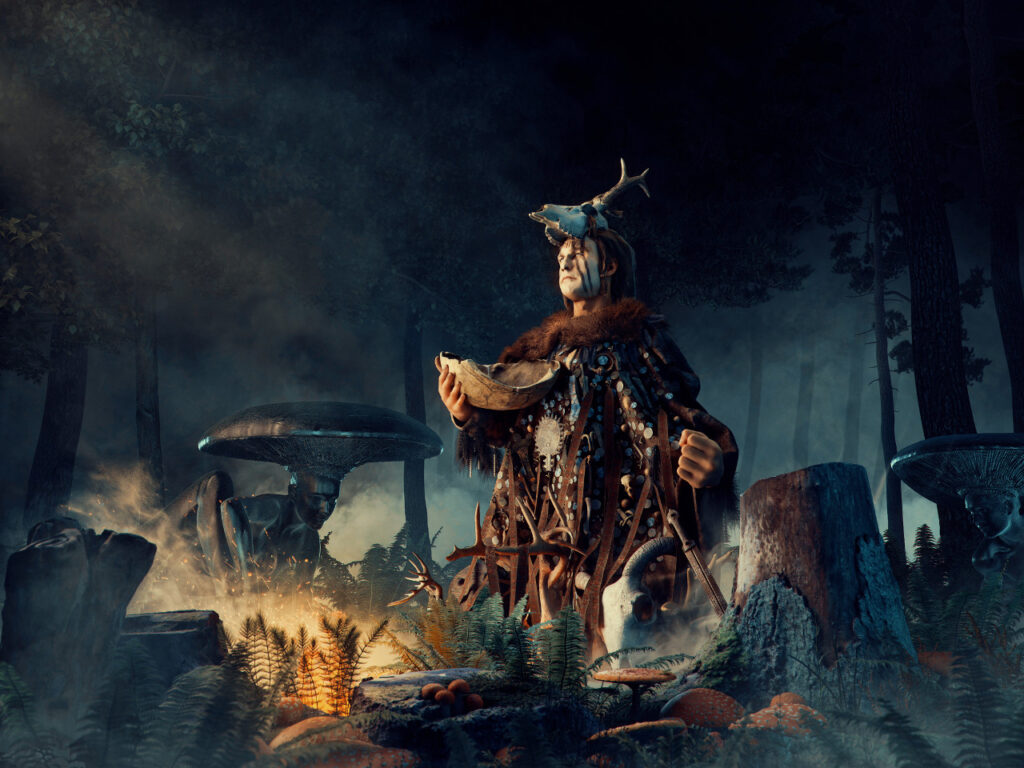
Has the computer been a natural extension of pencils? How did you start CG art?
CG art was from the beginning as natural for me as oil paint, ink or pencil lead. I swiftly complemented drawing with digital painting when I was younger but surprisingly enough, when I started working in 3D software during my architecture studies, I didn’t find the instant continuity between that new area and my older passion for traditional and digital 2D graphics. One could think that I’d be tempted to limit the 3D part of work and go with the extensive post production or even entirely focus on matte-painting techniques but I built my skills from scratch and have always preferred to make as much as possible in the 3D environment. It was not until very recently when I undertook the broader approach, taking more of my past experiences into consideration. However, that still regards more the conceptual pre-production work than the technical aspects.
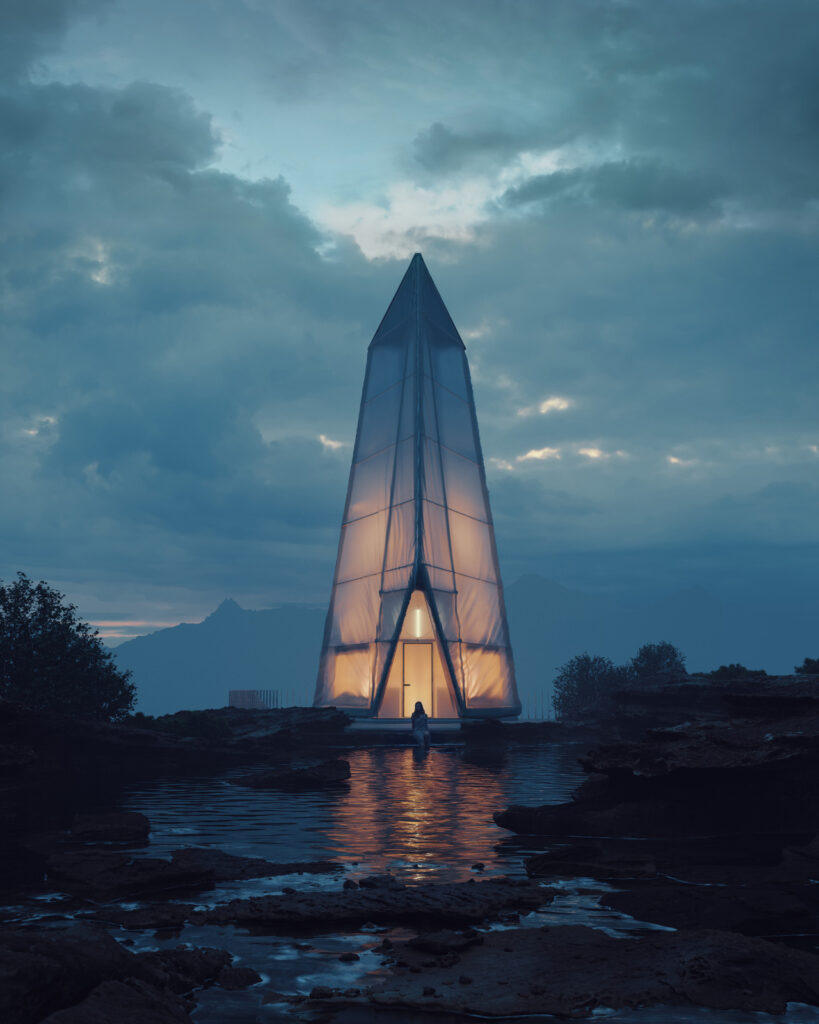
To you opinion, how does 3D contribute to building the cities of tomorrow?
The future growth of CGI contribution to all spatial development seems pretty ineluctable and I mean all the aspects of it, from providing marketing images to 3D prototyping, virtual experiences, etc. At the moment it’s mainly the bridge between an architect or developer and clients but I believe it will soon become the very foundation of the design environment, allowing for bigger social participation in arranging our cities. As the CGI production becomes more and more available, I already see a lot of bottom-up initiatives using it broadly to emphasize their statements. It makes spatial planning much more egalitarian and brings it closer to ordinary people that are to become the future users of it.
Furthermore, I think that part of the arch-viz will branch out in the future, no longer serving as the tool of urban or architectural communication, but rather becoming the purpose of its own – the virtual architecture. Experiencing this unbuilt space can be as stimulating as the real one and the possibilities are really vast, spanning from very pragmatic applications to the virtual tourism or some examples entirely out of this world.
- Bartosz Domiczek website
- Bartosz Domiczek Behance
- Bartosz Domiczek ArtStation
